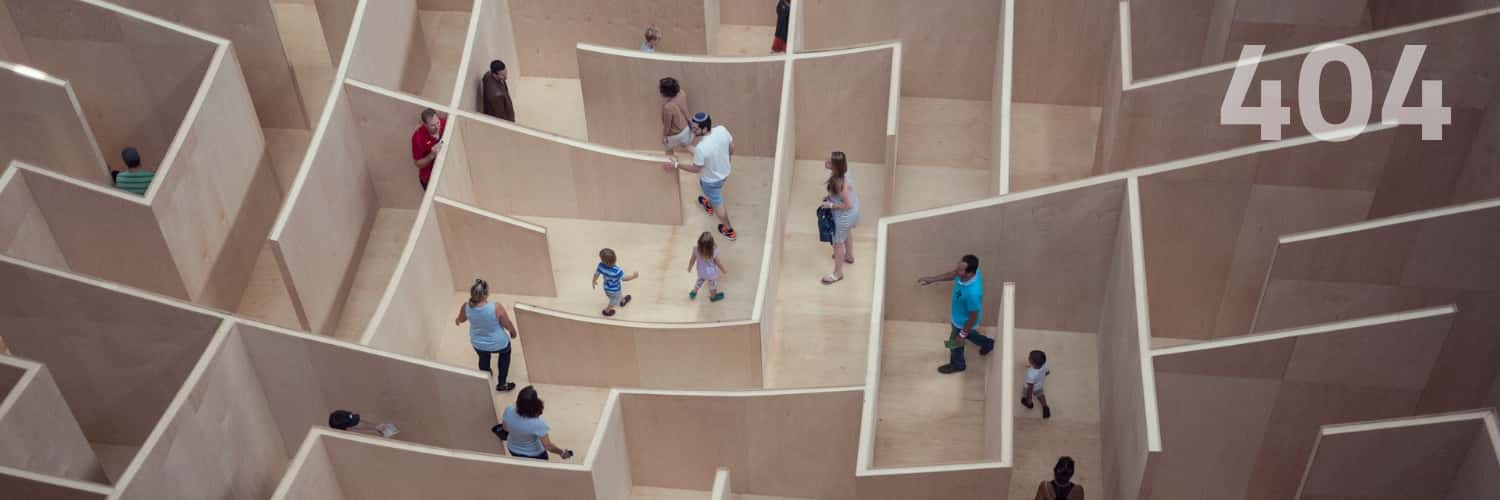Home /
© 2025 Valle di Susa
Tesori di Arte e Cultura Alpina Tel. 0122 622640 Email. info@vallesusa-tesori.it
Tesori di Arte e Cultura Alpina Tel. 0122 622640 Email. info@vallesusa-tesori.it



